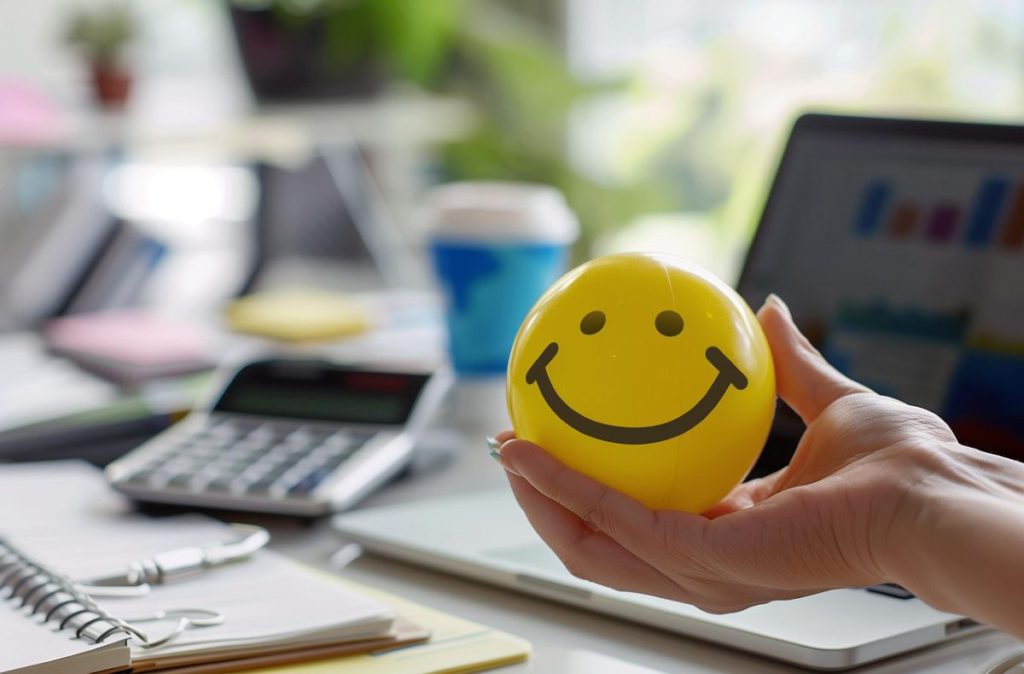When starting a new workspace, the choices you make about office leasing can influence much more than just the location or rent; they set the tone for your daily routines and your team’s productivity. Thinking about commercial property management early on can save headaches later, helping you avoid unexpected challenges with building maintenance or compliance issues. Even the smallest details in a workspace, from the layout to the type of furniture, can change the way your team feels and performs. Choosing the right environment is about creating a balance between comfort, efficiency, and functionality.
A stress-free office isn’t something you stumble into; it’s built intentionally. The first step is to observe how your team works naturally. Are people constantly shifting seats to collaborate? Are certain areas underused or crowded? By understanding patterns in your workspace, you can make decisions that improve flow and reduce friction. Sometimes, even a minor change, like moving a printer closer to where people actually need it, can save countless steps and frustrations over the week.
The way that illumination affects things is sometimes unexpected. Your office feels. Natural light can boost energy and mood, while harsh fluorescent lighting can drain it. If your space doesn’t have enough windows, consider soft white bulbs or desk lamps to create warmth. A well-lit office isn’t just about seeing clearly; It’s all about fostering a welcoming environment and energising rather than sterile and draining.
The layout of furniture matters more than most people realise. Open layouts can encourage collaboration, but without proper zoning, noise and distractions can increase stress. On the other hand, private work areas give employees focus but can feel isolating if overdone. A combination of spaces, quiet zones, collaborative tables, and flexible meeting areas can create a balance that allows for both focus and interaction. Movable partitions or modular furniture can add flexibility, letting your office adapt as needs change without major renovations.
Storage is another element that often gets overlooked. Clutter can create mental stress, while organised storage promotes calm and efficiency. Consider shelves, cabinets, and personal storage options that are easy to access but keep the workspace tidy. Encourage a culture of clean desks and shared responsibility for common areas. This isn’t about being strict; it’s about making sure everyone can find what they need quickly and focus on work rather than searching for misplaced items.
Technology should enhance, not hinder, workflow. Slow internet, tangled cords, or poorly integrated tools can create frustration that builds up over time. Invest in reliable systems, ergonomic setups, and tools that actually make tasks easier. Wireless charging stations, cable organisers, and adjustable monitor stands are small touches that show attention to detail and can make a big difference in comfort and productivity.
Colour and décor subtly affect the mood in your office. Colours like blues and greens are calming, while warmer tones can stimulate creativity and energy. Plants, artwork, and personalised touches make the office feel more welcoming and less mechanical. You don’t need a designer’s touch; even small, thoughtful choices can make the environment feel more human and less like a generic workspace.
Break spaces are essential for maintaining energy and reducing stress. Whether it’s a small kitchen corner or a larger lounge area, giving employees a space to take A break from their desks might help them concentrate better and boost morale. Comfortable seating, a coffee station, or even a few games can encourage relaxation and informal interaction, which strengthens team bonds and overall satisfaction.
Noise control is another factor that contributes to a stress-free office. Open offices can amplify sound, so think about options for minimising distractions. Soft furnishings, rugs, acoustic panels, or white-noise machines can help. Even subtle changes, like repositioning desks or adding partitions near noisy equipment, can make the office feel calmer without sacrificing collaboration.
A good office setup also considers accessibility and safety. Ensure pathways are clear, emergency exits are obvious, and commonly used items are easy to reach. Ergonomic furniture, standing desks, and chairs that support posture contribute to long-term health and reduce discomfort. Comfortable employees are productive employees, and taking care of their physical well-being is part of building a stress-free environment.
Flexibility is key to efficiency. A workspace that can accommodate a variety of tasks, team sizes, or even seasonal changes allows employees to work in ways that suit them best. Modular furniture, movable walls, and multipurpose rooms make it easier to adjust without costly overhauls. A flexible office respects the reality that work isn’t static, and solutions that can shift with your team’s needs reduce stress in the long run.
Lastly, fostering a culture that complements your office setup enhances the benefits of your environment. A thoughtfully designed space works best when paired with clear communication, mutual respect, and team collaboration. Encourage employees to take ownership of their areas, offer feedback on the space, and embrace practices that align with the environment’s goals. Physical space and culture go hand in hand, creating a seamless experience where the office supports productivity rather than hindering it.
A stress-free and efficient office setup isn’t about perfection; it’s about intentional choices that reflect how your team works and what makes them feel comfortable and focused. Every decision, from lighting to furniture to the layout of break areas, contributes to an environment where people can thrive. When your office feels right, the workday flows more smoothly, energy levels stay higher, and employees are more engaged.
Creating a workspace that supports both comfort and productivity is an ongoing process, but with thoughtful observation and small, strategic changes, you can turn any office into a hub of efficiency and calm. Your space is more than just a place to work; it’s a foundation for a healthy, productive, and stress-free professional life.
